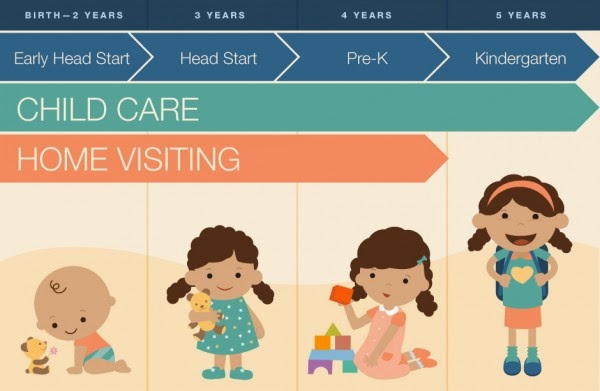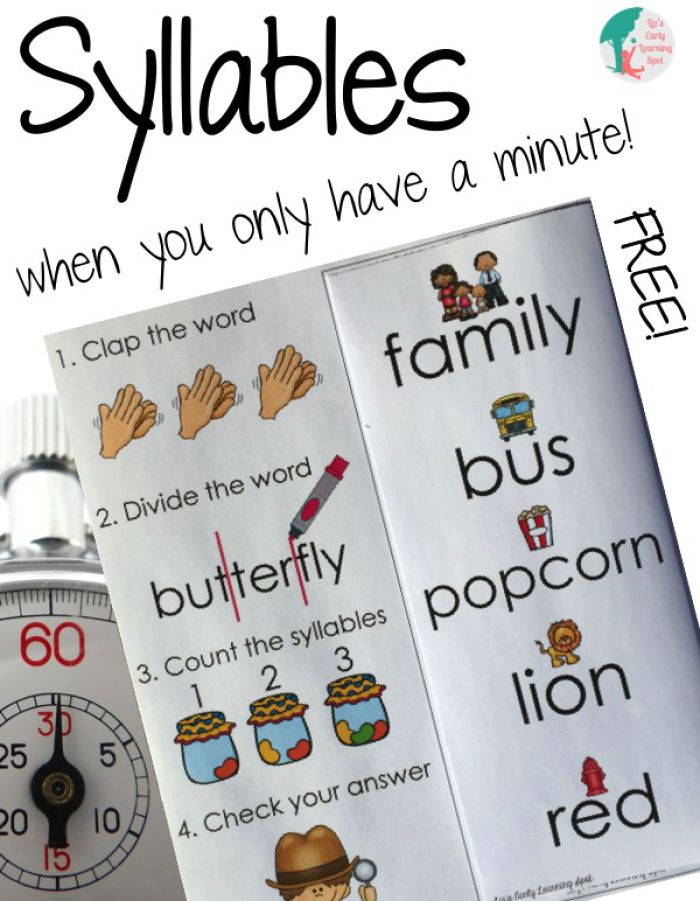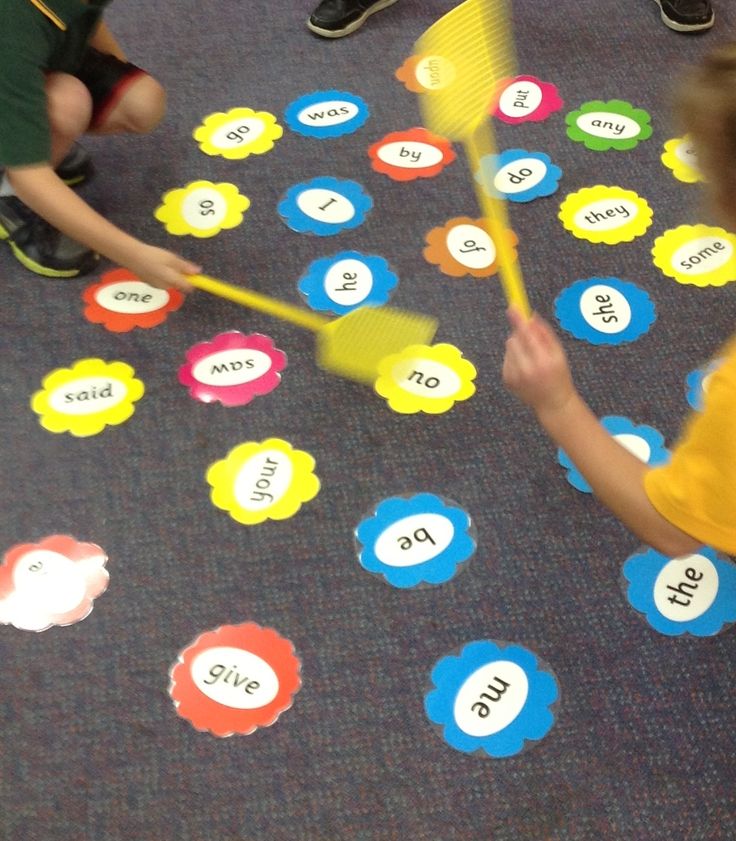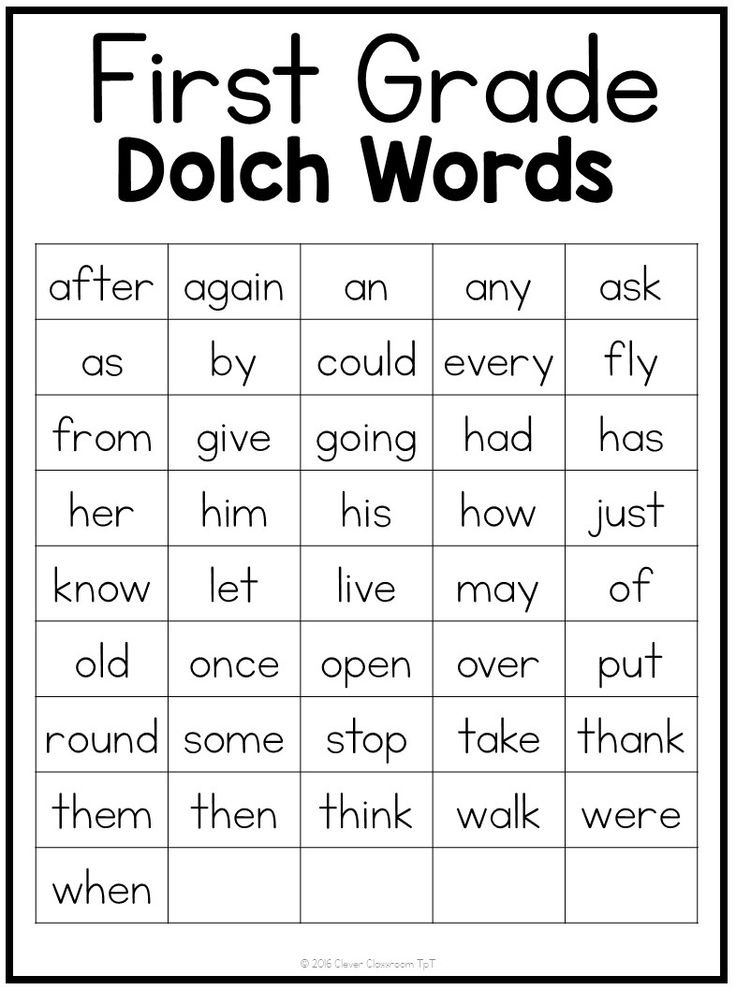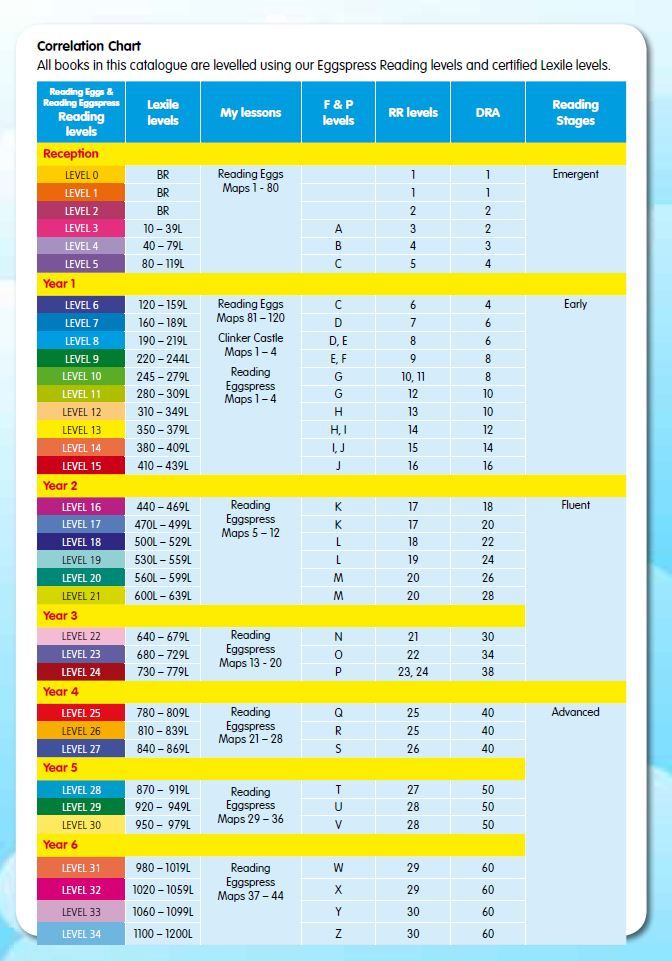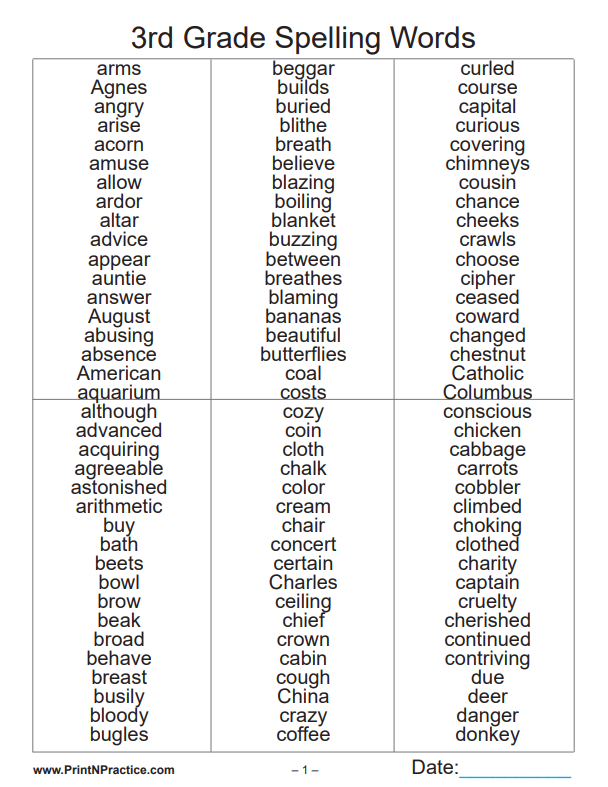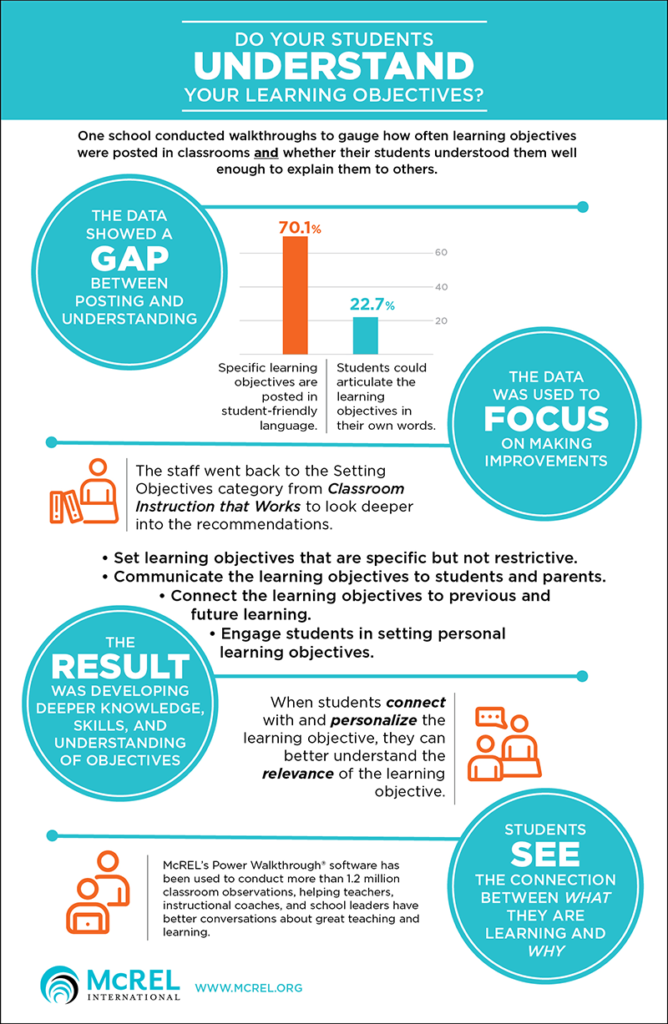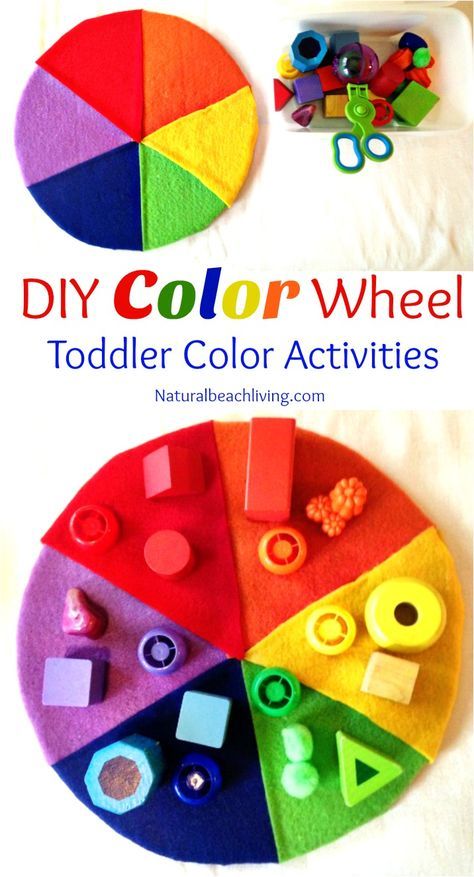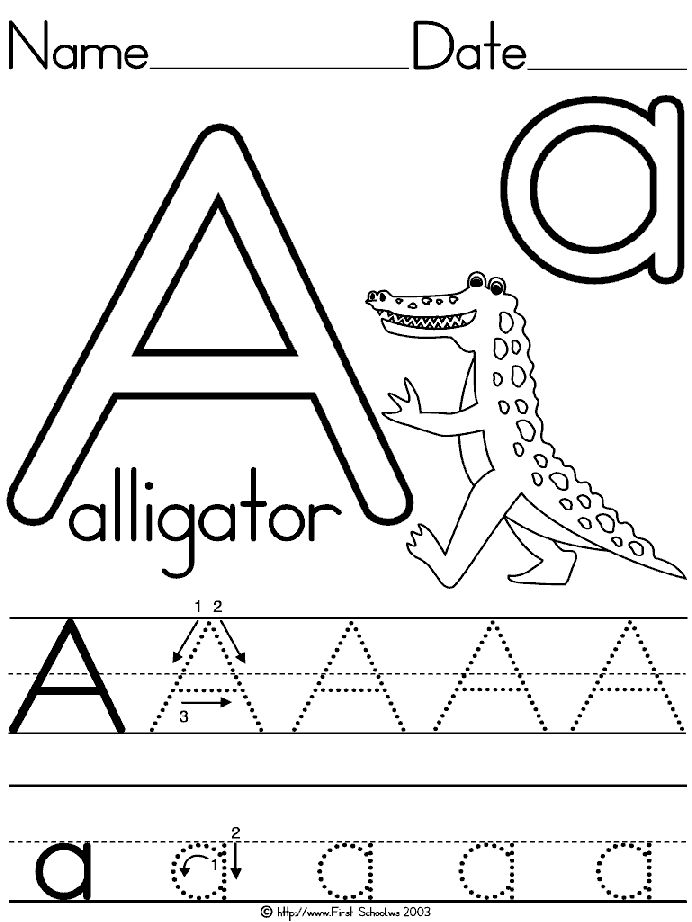Importance of math in early childhood
The importance of math in the early years
Editor’s Note: This post was originally published on November 16, 2018. We have completely revamped and updated it for accuracy and comprehensiveness. Enjoy!
Children use early math skills every day, whether at school or at home, during their routines or at play. Getting dressed and brushing teeth, eating breakfast, going grocery shopping–all of these activities present opportunities for teaching mathematics in early childhood when approached with the right mindset.
Importance of numeracy in early childhood
Numeracy–understanding how numbers represent the world–is present in children long before they open their first math textbook. Mathematics plays a major role in a child’s development and helps children make sense of the world around them. Research has shown that babies as young as 3 months are sensitive to differences in quantity, so it’s never too soon to start teaching mathematics in early childhood education.
There are plenty of fun ways to introduce math in the classroom: songs with numbers and operations, observing patterns in nature, even geometric snack time!
Whatever your approach, the benefits of teaching mathematics to children through play are enormous. In fact, mathematical ability in the early years is a better predictor of future academic success than reading or attention. Encouraging mathematical skills in young children can also help to discourage them from forming harmful biases at an early age. Studies have shown that children express the stereotype that “math is for boys” about themselves and others as early as second grade. Even educators have been found to have biases about the mathematical abilities of female, black, and Hispanic students. Making mathematics a part of daily life from a young age helps reinforce the idea that math is for everyone.
Examples of math-focused play materials
Examples of math-focused play materials
Any of the following commonly-found items can be used as tools to help teach fundamental math skills such as adding and subtracting:
- Peg number boards
- Counting bears
- Car garages
- Magnetic 2D and 3D blocks
- Number tracing sheets
- Tangrams
- Playdough
- Books
- Puzzles
Check out more than 1,000 free developmentally appropriate activities for the classroom for more inspiration!
Teaching mathematics in early childhood
Parents and educators play an important role in early childhood development by providing opportunities for children to learn and develop new skills.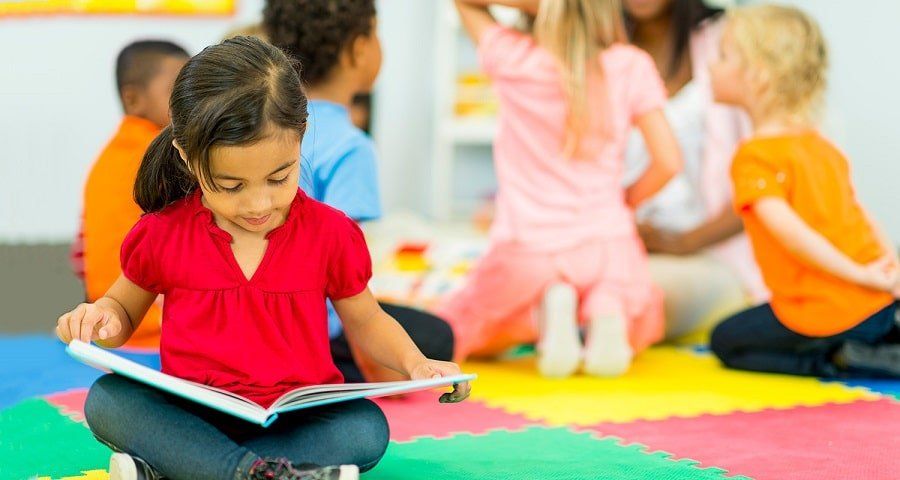 Adults need to allow children to direct their own play and support them by enhancing or extending their play. In order to give children the best chance to develop their math skills, adults must give them opportunities to:
Adults need to allow children to direct their own play and support them by enhancing or extending their play. In order to give children the best chance to develop their math skills, adults must give them opportunities to:
- Discover and create.
- Use number concepts and skills to explore.
- Develop confidence in their ability to think things through.
- Solve meaningful problems.
- Create connections to help discover relationships (e.g. characteristics).
Teaching math skills in the early years is an entire subject in its own right, but the key is to make it hands-on, cross-domain, and above all, meaningful.
Math play: examples from a preschool classroom
Measurement
This category includes ordering and comparing objects to figure out time, weight and length. For example, Kyle held up his block tower and said, “this is taller than me.” James looked towards Kyle and pointed towards the block tower. “Me too, it’s taller than me,” he said as he looked up towards the top of the block tower. Kyle and James demonstrated how they could compare how tall the block tower is to each of their heights.
Kyle and James demonstrated how they could compare how tall the block tower is to each of their heights.
Numeracy
Also known as number sense, this category includes saying number words, writing numbers, counting, and recognizing a number of objects. For example, “1, 2, 3, 4, 5, 6, 7, 8, 9, 10,” counted Devon as he pointed towards the cars lined up on the table. “I have more than you,” he said as he pointed towards Melissa’s cars lined up. “1, 2, 3, 4, 5, 6…oh yeah,” she said as she pointed towards her cars lined up next to Devon’s cars. Devon and Melissa demonstrated counting and recognizing the number of cars they each had to compare each other’s quantities.
Pattern and shape
This category includes identifying or creating patterns and shapes. For example, Jeremy and Mira sat on the carpet next to one another in the block area. Jeremy placed a magnetic block together. “I’m making a house,” he said as he placed more magnetic blocks together. He took a magnetic block apart and said, “this needs to be over here,” and pointed at his magnetic blocks on the floor.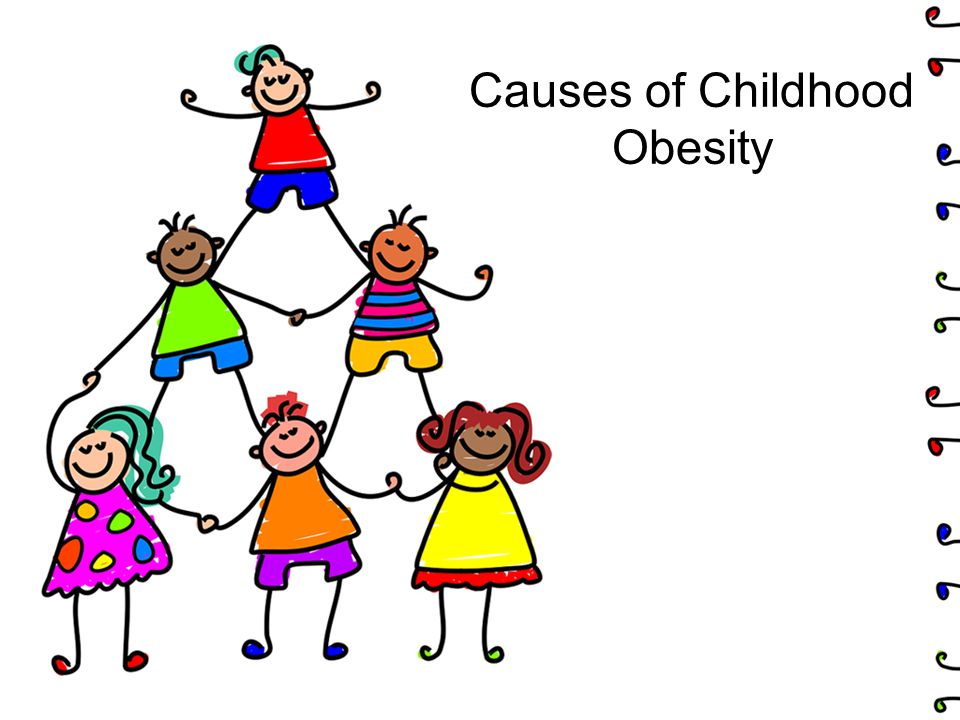 Mira looked towards Jeremy’s magnetic blocks and pointed down toward her magnetic blocks. “I’m making a pizza,” she said. Jeremy and Mira created patterns and shapes with 2D magnetic blocks to build symmetrical structures.
Mira looked towards Jeremy’s magnetic blocks and pointed down toward her magnetic blocks. “I’m making a pizza,” she said. Jeremy and Mira created patterns and shapes with 2D magnetic blocks to build symmetrical structures.
Classification
This category includes grouping or sorting objects by characteristics. For example, Casey placed a red horse into the red bowl. She picked up a blue pig and placed the blue pig into the blue bowl. “The blue pig goes in the blue pig pen,” she said. Casey was classifying by sorting the blue and red animals into the corresponding same colored bowls.
Representation
This category includes using symbols or tokens to refer to quantities and operations. For example, Sarah takes four crackers from the plate. “Four because I am four,” she said. Preetish points to his plate: “I have four grapes because I’m four, too.” Sarah and Preetish are representing their age using snacks.
Estimation
This category includes the ability to approximate values, i. e., make an educated guess about size or quantity. For example, Jack is shown a jar filled with jellybeans and asked to guess how many are inside. “There must be a hundred jellybeans there!” he said. “I bet there’s a thousand jellybeans,” Sheena guessed. Jack and Sheena are estimating by trying to guess how many jellybeans are in the jar.
e., make an educated guess about size or quantity. For example, Jack is shown a jar filled with jellybeans and asked to guess how many are inside. “There must be a hundred jellybeans there!” he said. “I bet there’s a thousand jellybeans,” Sheena guessed. Jack and Sheena are estimating by trying to guess how many jellybeans are in the jar.
Developmental milestones in mathematics
Every child develops at their own pace, and math skills are no exception. However, having a set of milestones to refer to can help educators create developmentally appropriate lesson plans and communicate progress with parents and caregivers.
Math skills in toddlers
- Measurement: understand comparative words
- Numeracy: recite number sequences
- Pattern and shape: match basic shapes
- Classification: basic categorization
- Representation: understand numbers mean “how many”
- Estimation: experiments with size by filling containers
Math skills from age 2-3
- Measurement: compare two objects by size, height, etc.
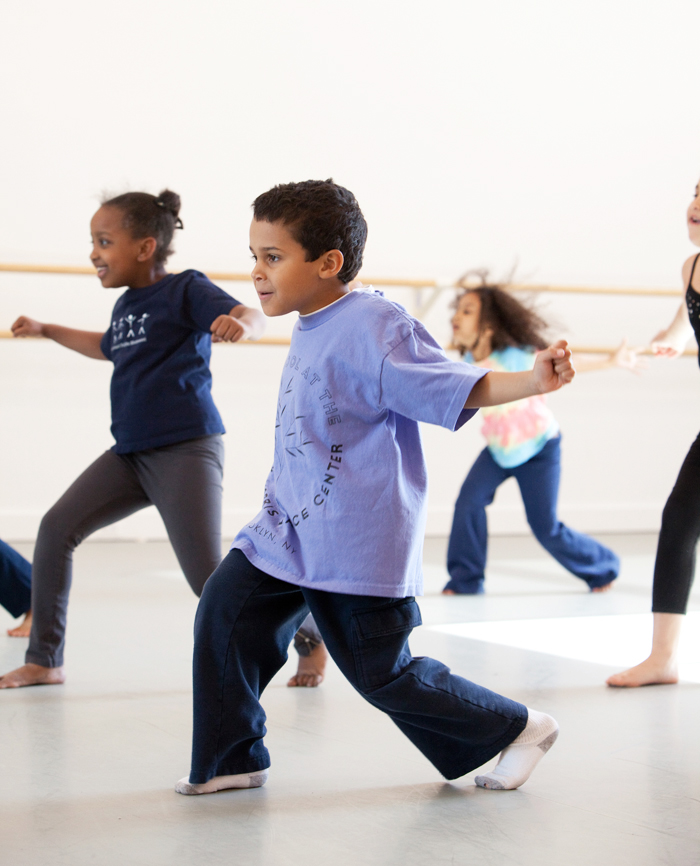
- Numeracy: counting up to 20 and accurately counting items in a group
- Pattern and shape: recognize shapes and patterns in the world
- Classification: sort objects by shape, color, etc.
- Representation: understands that numerals stand for number names
- Estimation: understands “small” vs “large” numbers (1 vs 100)
Math skills from age 4-5
- Measurement: understands basic time concepts- morning, days of the week
- Numeracy: add by counting fingers
- Pattern and shape: can draw symmetrical shapes
- Classification: understands abstract categories, such as possibility
- Representation: can use basic maps to find “hidden treasure”
- Estimation: identify the larger of two numbers expressed as numerals
Preschool activities to introduce math and counting
Gummy bear patterns: Using candy or food during a math lesson can be a great way to hold a child’s interest.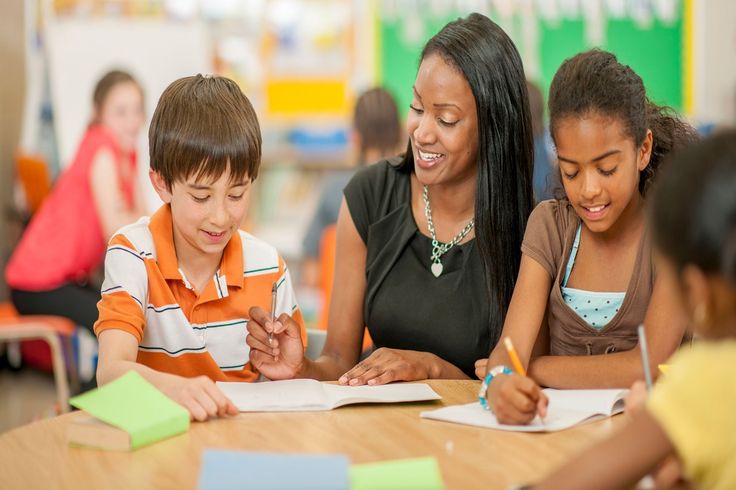 It allows them to use real world materials (candy in this case!) to create and extend patterns while practicing sorting and counting. All of these skills can easily be transferable to the classroom for circle time and worksheets!
It allows them to use real world materials (candy in this case!) to create and extend patterns while practicing sorting and counting. All of these skills can easily be transferable to the classroom for circle time and worksheets!
Roll and cover raindrops dice game: Roll, count, cover! It’s as easy as 1, 2, 3….4, 5, 6! Grab a game die, print out our printable, and use small rocks or beads to cover the numbers!
Fishy, fishy math: Fish crackers are a yummy snack, but they can also be used to learn pre-math skills such as counting, grouping, and patterning!
Counting stars: Combine children’s love for stickers to make a beautiful starry sky with our counting stars activity.
Finger shapes: Sing a song about shapes while using fingers to make them. No materials needed!
No materials needed!
Recommended books for math concepts
Counting and Numbers
Chicka Chicka 1,2,3 by Karma Wilson – This is a fun book, which gives children the opportunity to read, count and learn about numbers.
Patterns
Pattern Bugs by Trudy Harris – This is a visual book, which uses language and illustrations to show many different patterns. This is a great book for repetition and pattern learning.
Sorting
A Pair of Socks By Stuart J.Murphy – This is a great book that teaches children about matching, specifically matching socks to one another.
Shapes
The Shape of My Heart by Mark Sperring – This sweet book teaches children about the many shapes found in the world.
Colors
Pete the Cat: I Love My White Shoes by James Dean and Eric Litwin – This book is fun and always gets the children excited. This book is about a cat named Pete who walks down the street in his new pair of white shoes, but along the way, his shoes change colors (e.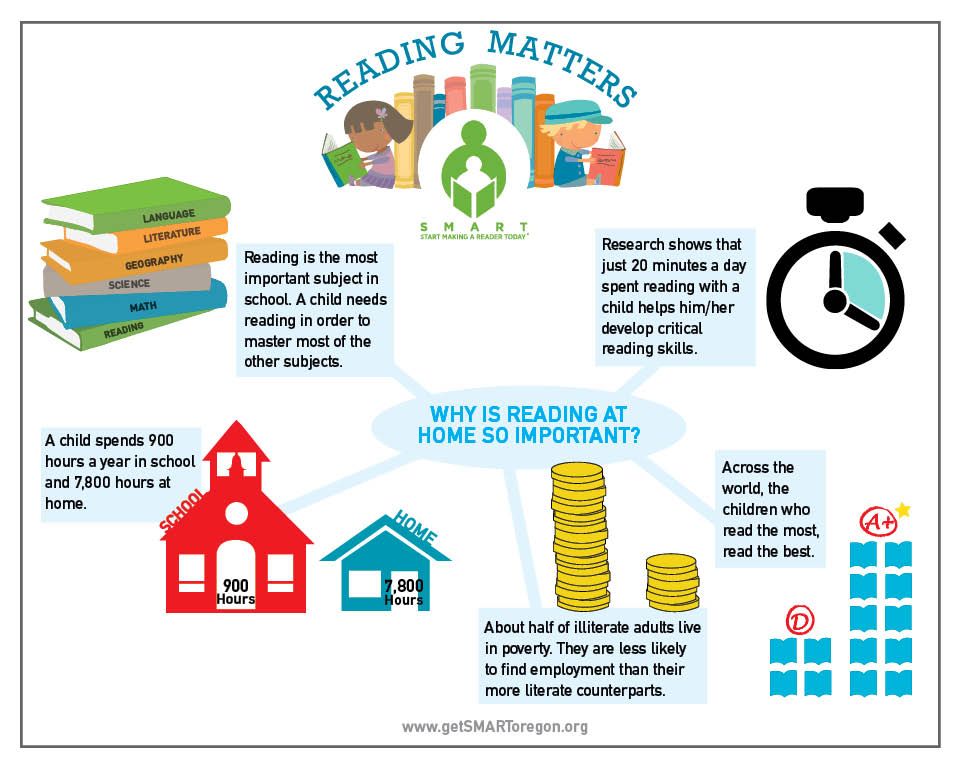 g. red, blue, brown) as he steps into different things.
g. red, blue, brown) as he steps into different things.
Math is an important part of learning for children in the early years because it provides vital life skills. They will help children problem solve, measure and develop their own spatial awareness, and teach them how to use and understand shapes.
Math matters
Math is an important part of learning for children in the early years because it provides vital life skills. Even in the early years, mathematics helps children problem solve, measure and develop their own spatial awareness, along with how to use and understand shapes. And, the best part is that your lesson plan for teaching mathematics in early childhood is limited only by your imagination!
Download our FREE Preschool Progress Report Template to help track your children’s development in mathematics and other domains!
Why is Math Important in Early Learning? — Good2Know Network
Natalie Hendricks
Tips & Tools
Natalie Hendricks
Tips & Tools
Early literacy is regularly discussed in conversations about early learning, while early math skills, are often not given as much consideration. Preschool and early learning curriculum emphasizes writing, learning letters, and word identification as part of kindergarten readiness, while giving little or no attention to number sense and basic math concepts, which are also important skills for children to know as they enter elementary school.
Preschool and early learning curriculum emphasizes writing, learning letters, and word identification as part of kindergarten readiness, while giving little or no attention to number sense and basic math concepts, which are also important skills for children to know as they enter elementary school.
In fact, math curriculum is often almost completely left out of a typical preschool schedule. The University of Denver shared that researchers have calculated only 58 seconds per day of math instruction in preschools where children spend six hours a day.
Why is Math Important in Early Learning?
Introducing math-oriented activities to children before kindergarten, helps set them up for academic success in elementary school and beyond. A 2007 study entitled School Readiness and Later Achievement found that early math skills are one of the best predictors of later success. The research was organized by economist and education professor, Greg Duncan, who is a national expert on the importance of strong early math skills.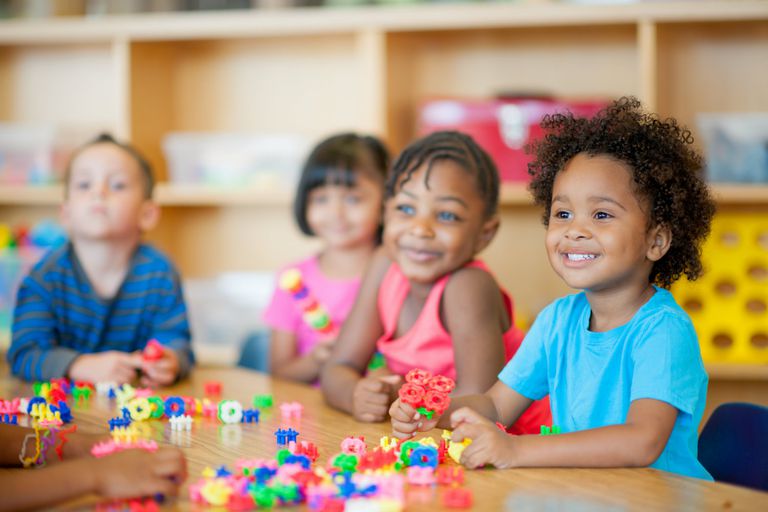 Duncan explains, “Math coming into school is important because kids who do well in math early on tend to do very well in school. And math is important later on because kids who do well in math in high school end up doing well in the labor market.”
Duncan explains, “Math coming into school is important because kids who do well in math early on tend to do very well in school. And math is important later on because kids who do well in math in high school end up doing well in the labor market.”
In addition to setting children up for later academic success, math skills are foundational for important skills such as critical thinking and logic. Dr. Jie-Q Chen, professor of Child Development at the Erikson Institute, principal investigator of the Early Math Collaborative, and co-author of Big ideas of early mathematics: What teachers of young children need to know explains that “math is the language of logic...math builds reasoning, which leads to comprehension. Developing a mentally organized way of thinking is critical.”
The Basics
Concordia University Portland shares three basic math skills that children should learn in preschool to build a foundation of understanding.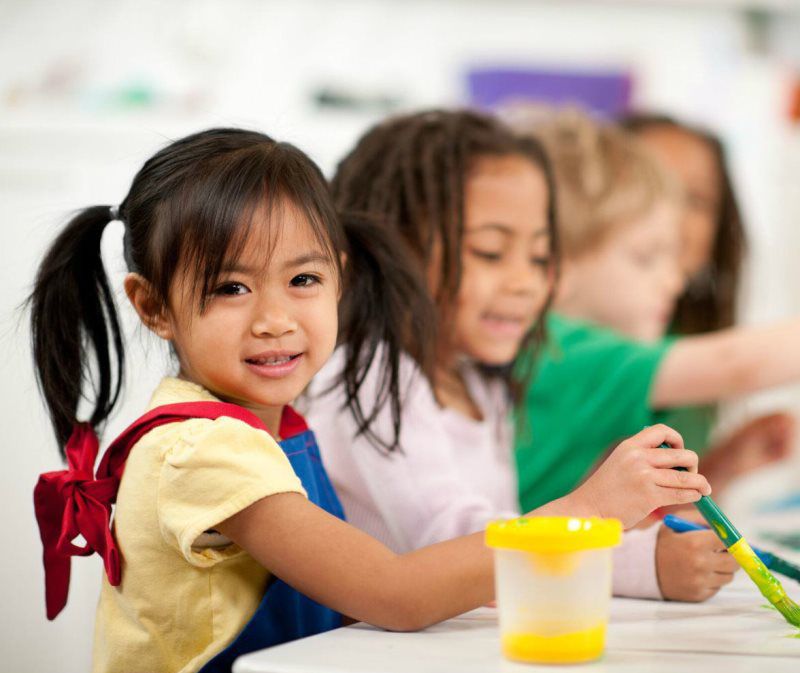 When children understand these concepts early, elementary teachers are able to focus on the application of the concepts and children are better prepared to learn more advanced skills.
When children understand these concepts early, elementary teachers are able to focus on the application of the concepts and children are better prepared to learn more advanced skills.
Number sense: Number sense is the first step in math awareness. It describes the basics of learning about numbers, including counting forwards and backwards in order to understand the relationship between numbers.
Learning numbers through representation or pictures: From a young age, children can build relationships between numbers and represented items. Numbers can be represented with objects, pictures, or family members as a way to make the concept more real and less abstract to young learners.
Adding and subtracting: Adding and subtracting are more advanced skills that should be taught after the introduction of number sense and representation. The basics of addition and subtraction can be introduced through normal daily interactions between children, such as sharing and counting snacks, blocks, or crayons.

Circle Time Math
Dr. Deborah Stipek of Stanford University notes that Circle Time offers a great opportunity to introduce and reinforce math concepts. She recommends the following concepts and Circle Time activities:
Numbers and Operations
Children can work on counting, adding, and subtracting during circle time. Counting by category deepens children’s number sense. Ask, for example, how many boys, how many girls, and how many children in total are in the classroom.
Patterns
Preschoolers enjoy working with rhythmic and visual patterns, and these are a great way to introduce math skills. During circle time, have children follow your lead in clapping out different rhythmic patterns and then talk about the pattern-- “three loud claps, one soft clap, one stomp.” Find patterns in children’s clothing and around the room, such as stripes, checkers, and dots.
Measuring
Comparing various sizes, such as the height or length of arms and legs can help children develop a basic understanding of measurement.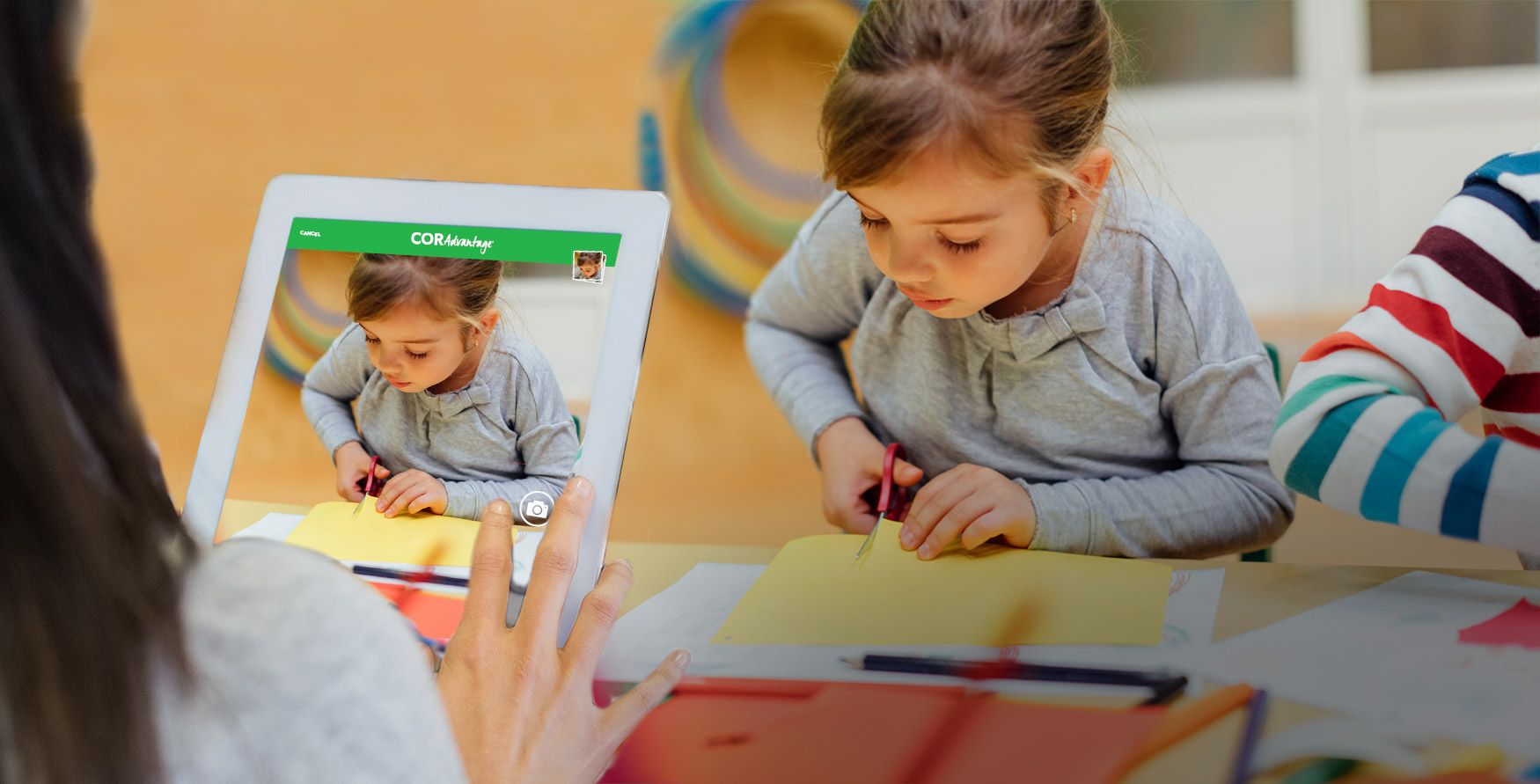
Shape and Space
Encourage children to discuss the shapes they see, by asking them to find items that have triangles, squares, circles and then comparing each shape to notice the differences. Many children’s books introduce shape and space math concepts and can be enjoyed with children during circle time.
Tagged: classroom & curriculum, STEM & numeracy
Return To G2K Info-Hub Home Page
The role of mathematics for young children
This article discusses the acquisition of early childhood knowledge and awareness of mathematics in life. The author notes the importance of the development of mathematics not only in the classroom but also in the environment of the child.
Key words: education, early childhood development, mathematics, training
In the cognitive development of a young child, the first mathematical successes occupy a significant place.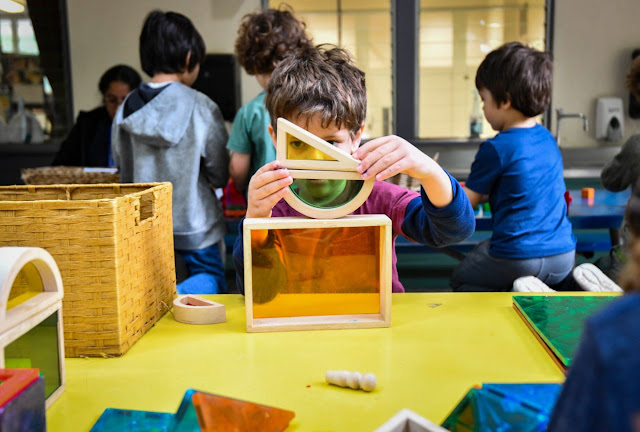
After a year, it is difficult for a small child to sit in one place, and even more so for a long time to do something with concentration. Only not many children at this age are distinguished by perseverance. Therefore, all activities - games should be as bright as possible, not long in time and mobile. Children of this age perceive information best on the fly [2].
It seems to us, as parents, that the child runs around and does not see anything around. However, this is not at all the case. The little fidget notices all the smallest details in the room and their changes, just for this he does not need to stand and consider, because he still has so many things to do! The peculiarity of children's perception is such that a lot of the environment gets into its field, and this happens mostly unconsciously. The proof of this can be our sincere surprise when a child gives out such information that, as it seems to us, he has not seen anywhere before.
Creating a "correct" stimulating background will help develop a child's mathematical abilities.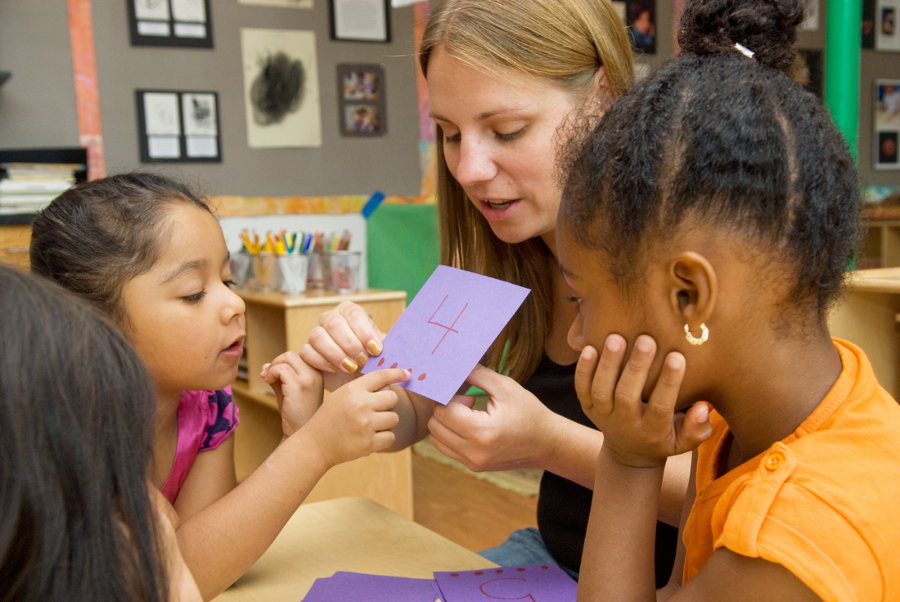 Print out cards (10x10cm) with red and black numbers (the number should be bold and bright) and laminate them. Such cards can be hung in the children's room on the walls, furniture and curtains. It's okay if the baby reaches for them with handles - in this case, you should name the number. The rest of the time, the young mathematician will periodically look at the pictures and memorize the image of the number. We are already halfway to mastering the account!
Print out cards (10x10cm) with red and black numbers (the number should be bold and bright) and laminate them. Such cards can be hung in the children's room on the walls, furniture and curtains. It's okay if the baby reaches for them with handles - in this case, you should name the number. The rest of the time, the young mathematician will periodically look at the pictures and memorize the image of the number. We are already halfway to mastering the account!
Do not forget that the development of mathematics at an early age begins with oneself. Many people think about the usual at first glance question, how can you learn mathematics from a child?
Already from 8 months you can play with your child, studying yourself and others: two eyes, ears, two arms, legs, one nose, etc. The child loves to look at and discuss himself again and again, and you ask: “Where are your legs ?”, he will show, and you will say: “Katya has two legs!” and you can add: "Here is one and here is the second.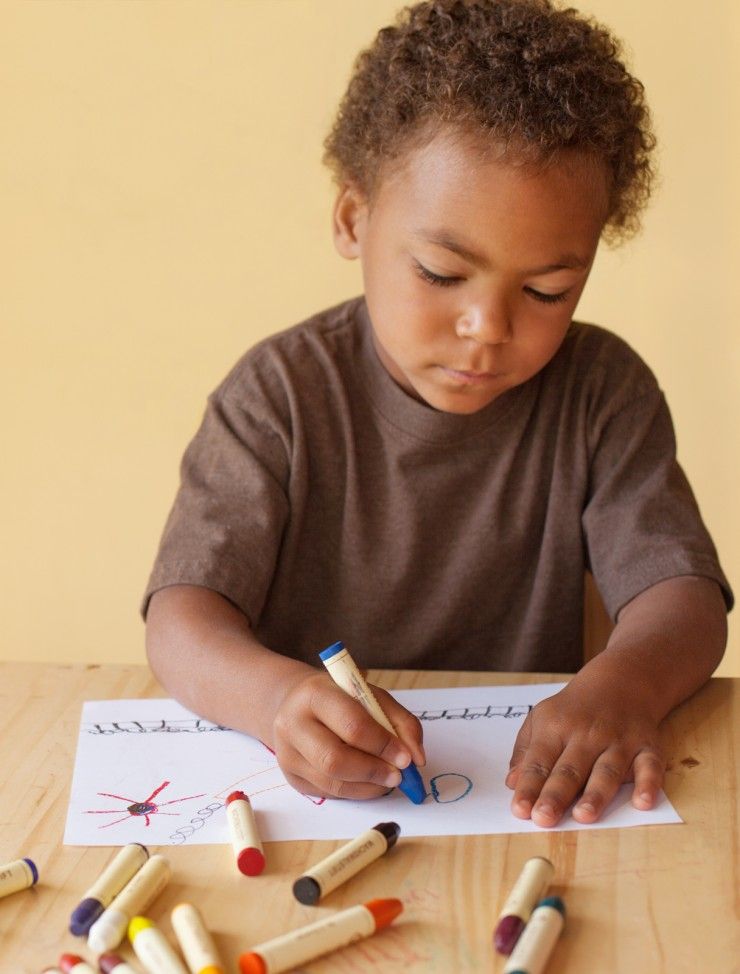 " So look at everything and recalculate. Moreover, every time you speak differently. So you will begin to learn the count from one to two [2].
" So look at everything and recalculate. Moreover, every time you speak differently. So you will begin to learn the count from one to two [2].
A small child learns mathematics not only through games, but also through fairy tales and rhymes. After all, it is in fairy tales that the child reinforces the basic concepts, such as one - many, big - small, long - short, etc.
Folk tales are a great topic for math classes. For example, the fairy tale "About three bears and Masha." Offer it to your child, and at the same time arm yourself with pencils and paper. When it comes to quantity and comparison (three chairs, three plates; large, smaller, very small), draw the corresponding circles. A good example is the most eloquent explanation!
And now modern parents very often use all the various multimedia, mathematical aids, video lessons.
One of the first things parents use is allowances for young children. The most versatile tool for teaching math is fingers. Start with one pen. Count your fingers, hide a few and count how many are left. Hide everything and get acquainted with the concept of zero. Separate one finger from another and find out that five is one and four, two and three. Then start adding the second handle. One finger of the left hand came to visit the fingers of the right - and there were six fingers. Then another one came to them, and there were seven of them, and so on. Or let two or three fingers come at once, and you find out how many there were.
Start with one pen. Count your fingers, hide a few and count how many are left. Hide everything and get acquainted with the concept of zero. Separate one finger from another and find out that five is one and four, two and three. Then start adding the second handle. One finger of the left hand came to visit the fingers of the right - and there were six fingers. Then another one came to them, and there were seven of them, and so on. Or let two or three fingers come at once, and you find out how many there were.
Tutorials tend to be bright, colorful, and short. At present, the manuals are divided into two types: traditional (educational and methodological manuals for parents, methodological manual for parents: a short course in theory and practice) and modern (multimedia, video lessons, classes on CDs).
Traditional manuals can be called not only teaching aids, but also manuals that you can do yourself.
Such benefits play an important role in the education and upbringing of children.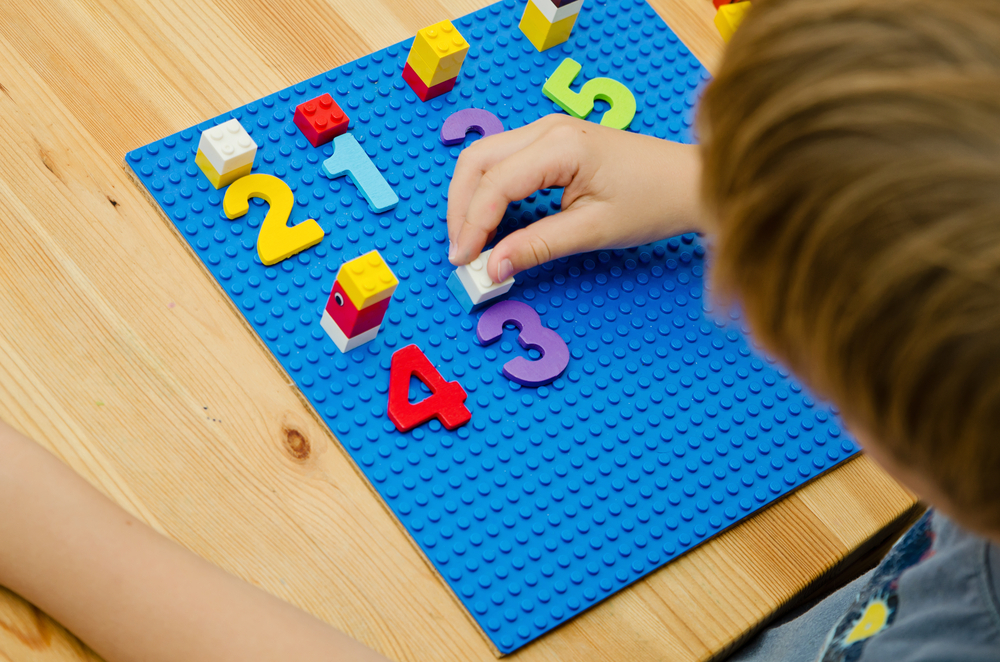 Playing didactic aids, children learn about the world around them, cognitive processes develop: attention, imagination, thinking, ideas about shape, color and size are formed, for example, “Find the same”, “Confused”, “Collect mushrooms”, games with clothespins, mosaic games.
Playing didactic aids, children learn about the world around them, cognitive processes develop: attention, imagination, thinking, ideas about shape, color and size are formed, for example, “Find the same”, “Confused”, “Collect mushrooms”, games with clothespins, mosaic games.
There are many games for learning mathematics. For example, playing with counting sticks. Sit next to the child and lay out various figures from sticks: a square, a triangle, a house, a tree. This game helps the child learn geometric shapes, get acquainted with numbers. You can cut out circles and squares from colored cardboard, mix them up and invite the child to select one square. This game helps the child classify objects [3].
Modern manuals are built specifically for young children: one cartoon lesson is devoted to one topic, for example, they get acquainted with a number for several minutes or cartoons teach you to determine by eye "more - less" [1]. The disadvantage of such cartoons lies in the excessive love of children for the television screen.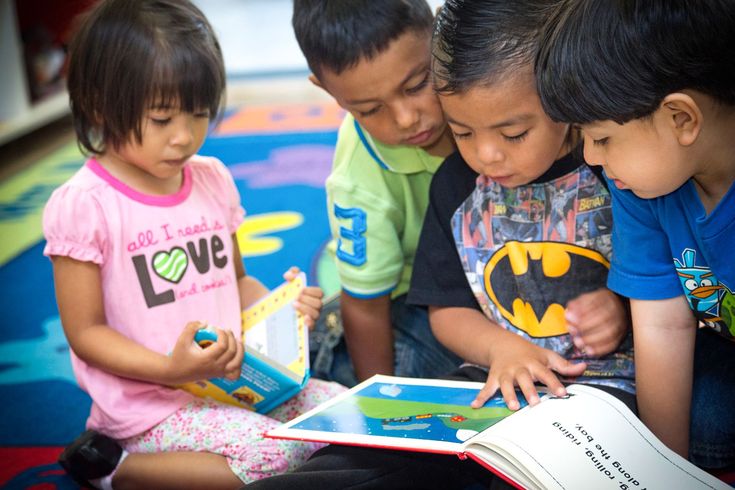 For learning to be most effective and beneficial, stay close to your child while watching. So you can always explain something, and stop the disc in time. A ten minute session is considered the most effective.
For learning to be most effective and beneficial, stay close to your child while watching. So you can always explain something, and stop the disc in time. A ten minute session is considered the most effective.
Currently, for young children, they began to create and use computer presentations. They are aimed at visualizing the study of the world by children, who develop abstract thinking.
These presentations can be found on special sites created for parents, as well as for educators, for example:
- http://pochemu4ka.ru/index/0-439 - site "Why" - educational games and presentations for children.
- http://game4kid.ru/games/age/1-god - Games for children. This site is divided into different ages. There are different activities for every age group.
- http://baby-i-mama.ru/rozvitia/matematuka.php - All about the child from A to Z.
Our children get to know the world not only while sitting at home, looking at visual aids, books, fairy tales, games, but also get to know life while walking on the street.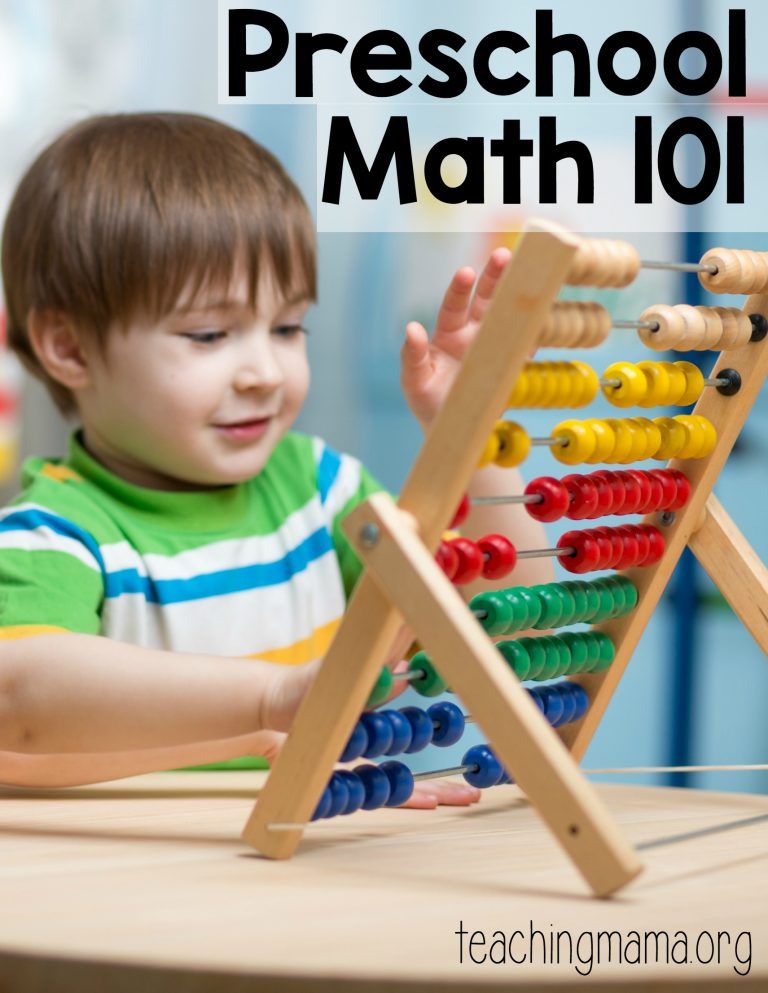 Probably, it seems to you that what kind of development and teaching of mathematics can we talk about at an early age. Most likely, we have never even thought about it.
Probably, it seems to you that what kind of development and teaching of mathematics can we talk about at an early age. Most likely, we have never even thought about it.
And on a walk, each stick, bump and stone is unique and very interesting. If a child considers the gifts of nature or is busy collecting them, you can study the ordinal account. However, it will be much more interesting for a child of this age to solve the first mathematical problems. In addition, there is no need to get bored on the spot, but you have to move well.
Collect with your child in a bucket a few pebbles, sticks, rowan twigs or cones. Lay out this "wealth" on a bench and invite the child to find a house for each item. As you understand, then you will need to sort the items into piles or put them into molds. Place the molds at a great distance from each other so that the child has a place to turn around. Let him help you find a home for each stone and bump from the general pile (limit yourself to 2-3 identical items).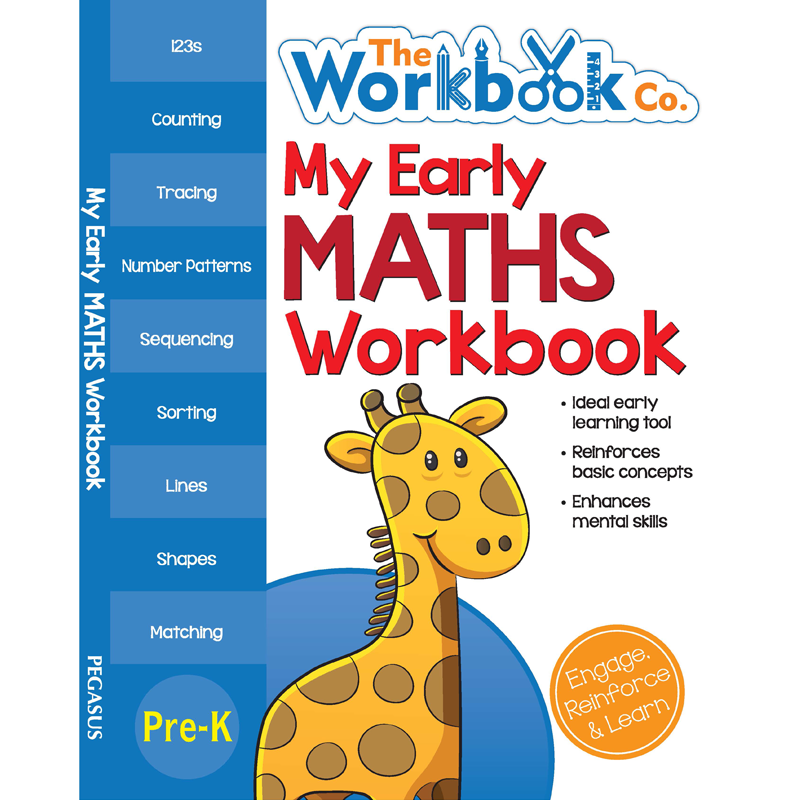 Count together the number of items in each pile.
Count together the number of items in each pile.
Here is such a simple math for young children develops their great abilities. This science is not as complicated as it seems at first glance. Do all the math tasks every day, moving from step to step, instill your child to explore new possibilities of the human brain. When helping your child master this subject, remember that you are giving him a start in life. As a result of this work, children develop qualities that are directly related to psychological readiness for school.
So, the development of young children involves familiarity with abstract concepts, mathematics for children is not complete without it. The consolidation of the abstract concept of "one - many" will take a long time, up to 3 years, when he will be able to independently name where one is, and where there are many. But if you feel that a child at an early age already understands these categories, then you can move on to the next concepts and to the first account. It should also be remembered that at first it is impossible to develop one thing in a child, development occurs in a relationship.
It should also be remembered that at first it is impossible to develop one thing in a child, development occurs in a relationship.
Literature:
- Belinova N.V., Starikova A.Yu. Game activity as one of the main conditions for the use of ICT in preschool education // Pedagogy and psychology: trends and development prospects. Collection of scientific papers following the results of the international scientific-practical conference. Innovation Center for the Development of Education and Science. Volgograd, 2014. p. 11–14.
- Baby. Allowance for the upbringing, education and development of children up to three years. // Edited by G. G. Grigoriev, N. P. Kochetov, D. V. Sergeev. 2003
- Teplyuk S. N., Lyamina G. M., Zatsepina M. B. Young children in kindergarten. 2007
Basic terms (automatically generated) : child, early age, allowance, play, one, age, small child, mathematician, world around, finger.
Mathematics and its importance in the development of preschool children
Even in early childhood, babies are faced with objects that differ in shape, color and quantity. At this age, the basic elementary ideas and abilities of the child begin to form. The first toys resemble geometric shapes: cubes, constructors, pyramids. The count begins with mom's questions: "Tell me, how old are you?". Parents of children are taught to name the shapes of toys, their size, quantity.
Through play activities, the ability to distinguish different properties and features of objects is formed. The baby is forming the first concept of mathematics, although he still does not know and is not aware of this. The consciousness of a child in early childhood is chaotic. Parents teach children to compare, group objects, call them by their proper names.
Through visual-objective actions - they help the child to remember what he heard on the basis of objective images.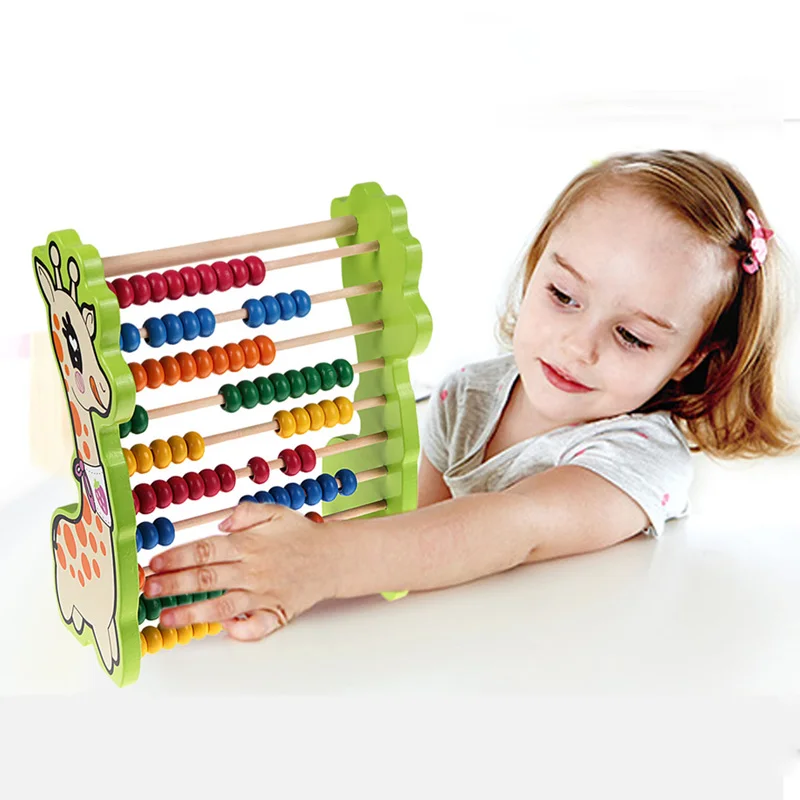 Before the age of three, the child already knows how to group objects according to their external features, color, shape. So, for example, a child can put green toys away from red ones, choose pencils from a pile of other objects and put them together, can add pyramids in size, in order of the pyramid rings.
Before the age of three, the child already knows how to group objects according to their external features, color, shape. So, for example, a child can put green toys away from red ones, choose pencils from a pile of other objects and put them together, can add pyramids in size, in order of the pyramid rings.
Being engaged with objects through game activity, the child compares them. This is where the first acquaintance with mathematics begins.
By the age of four, children can easily count up to five, and a little older up to ten, but they can also make mistakes in counting.
By the age of six, children already begin to understand when the numbers increase and when they decrease. That is why it is important to start systematic classes from kindergarten in order to increase the mental perception of the child.
In today's modern society, one of the requirements for preschool education is that children receive mathematical knowledge and elementary ideas in kindergarten.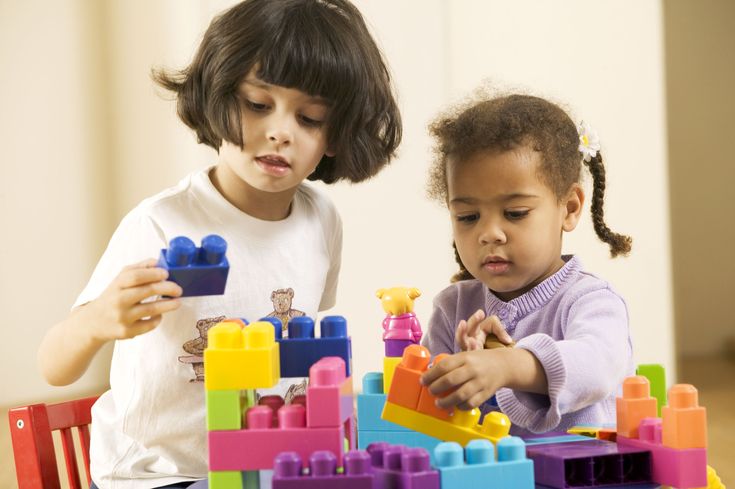
Preschoolers in the course of their development receive the first elementary ideas about mathematics. The available methods and means of forming elementary mathematical representations are developed specifically for age categories, taking into account the gradual development of skills and abilities in preschoolers in this direction.
Mathematics is an independent educational subject and is designed to develop intellectual abilities depending on the natural potential of preschoolers. Its role in the development of elementary ideas in preschoolers is very great. In the course of such activities, the child develops and develops cognitive and personal abilities.
In the process of learning, through the means of mathematical classes, the child receives the first ideas about mathematical concepts.
Mathematics is one of the few disciplines that covers different aspects of the personality of children. In the process of forming elementary mathematical concepts and learning, preschoolers actively develop all cognitive processes: speech, thinking, memory, perception, and representation.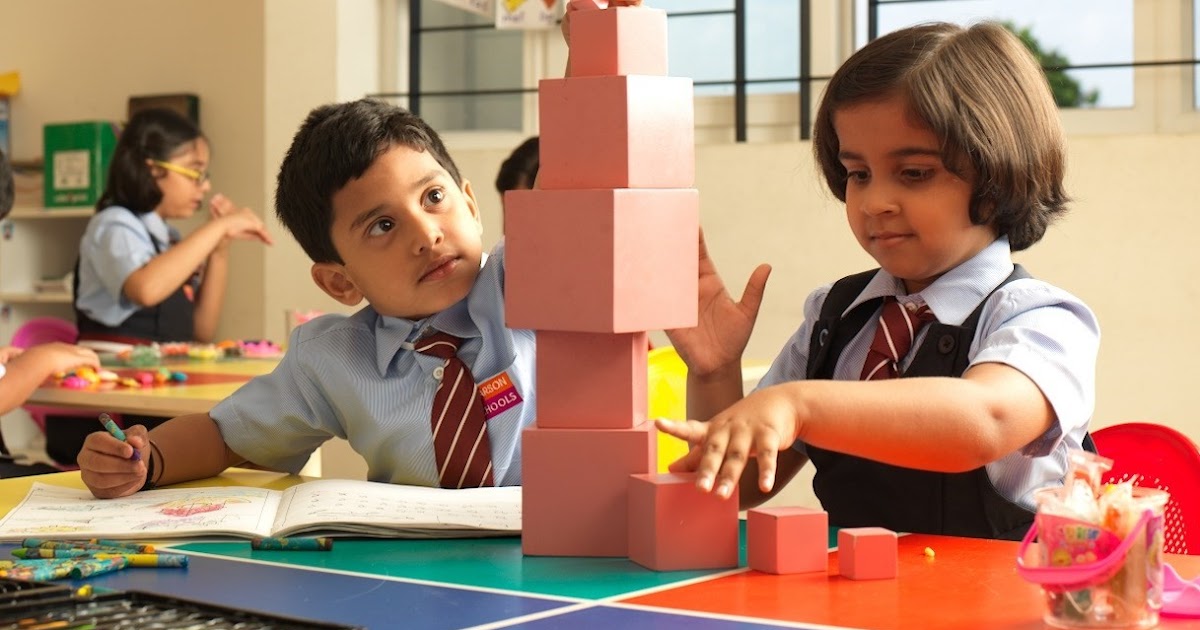 This becomes effective if, when setting up classes, the frequency and sequence of the development of cognitive processes in a child are taken into account, depending on the psychophysical development of each child.
This becomes effective if, when setting up classes, the frequency and sequence of the development of cognitive processes in a child are taken into account, depending on the psychophysical development of each child.
If a child has not reached the age at which he is able to understand mathematical processes, then classes will not play any role for his consciousness. The possibilities of the child are determined by his psychology. In the modern world, innovative methods and means are increasingly included in the educational programs for preschoolers.
The abilities of each child depend on his individual psychological characteristics. Mathematical abilities cannot be innate, since only anatomical and physiological features of a person are innate. Mathematical is a special kind of abilities, they depend on the integral quality of the mind and develop in the process of mathematical activity.
A person's abilities can manifest themselves in various areas, and here, like everything else, mathematical abilities are revealed in the course of a preschooler's activities. The preschool age is considered the most favorable period for the development of abilities.
The preschool age is considered the most favorable period for the development of abilities.
An analysis of scientific research (A.M. Leushina, N.I. Nepomnyashchaya, A.A. Stolyar, etc.), pedagogical experience convinces us that rationally organized teaching of mathematics to preschool children ensures the overall mental development of children. (Rationally organized education is timely, appropriate for the age and interests of children.) At the same time, pedagogical guidance from an adult is important. Children acquire elementary knowledge about the multitude, number, size and shape of objects, learn to navigate in time and space. They master the account and measurements of linear and volumetric objects with the help of conditional and generally accepted measures, establish quantitative relationships between quantities, the whole and parts.
In recent years, such a concept as pre-mathematical preparation has been introduced into practice. Preparing the child and his cognitive world for the mathematical way of thinking.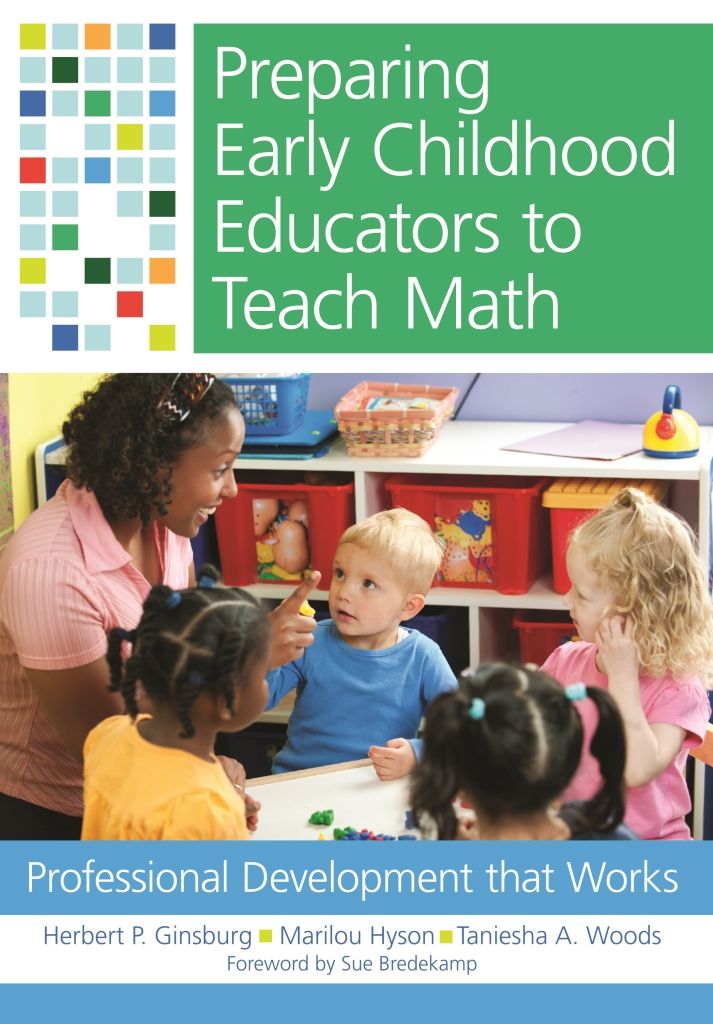 A variety of ways of forming the cognitive sphere allow you to prepare the child for the study of the subject - mathematics. When organizing classes, there is an impact on visual and logical thinking, memory, creative imagination, perception, voluntary attention of a preschooler.
A variety of ways of forming the cognitive sphere allow you to prepare the child for the study of the subject - mathematics. When organizing classes, there is an impact on visual and logical thinking, memory, creative imagination, perception, voluntary attention of a preschooler.
Children at preschool age observe and imitate adults, they observe every action and listen carefully to what the teacher says and this is an important property. Children should be taught to act independently, show and tell about their actions. Preschoolers should be encouraged to repeat after the teacher about the properties and qualities of objects. Games with children should contain mathematical actions.
Mathematics classes in kindergarten form the simplest types of practical and mental activities of children. Under the types of activity - in this case, methods of examination, counting, measurement - they understand the objective sequential actions that the child must perform in order to assimilate knowledge: element-by-element comparison of two sets, imposing measures, etc.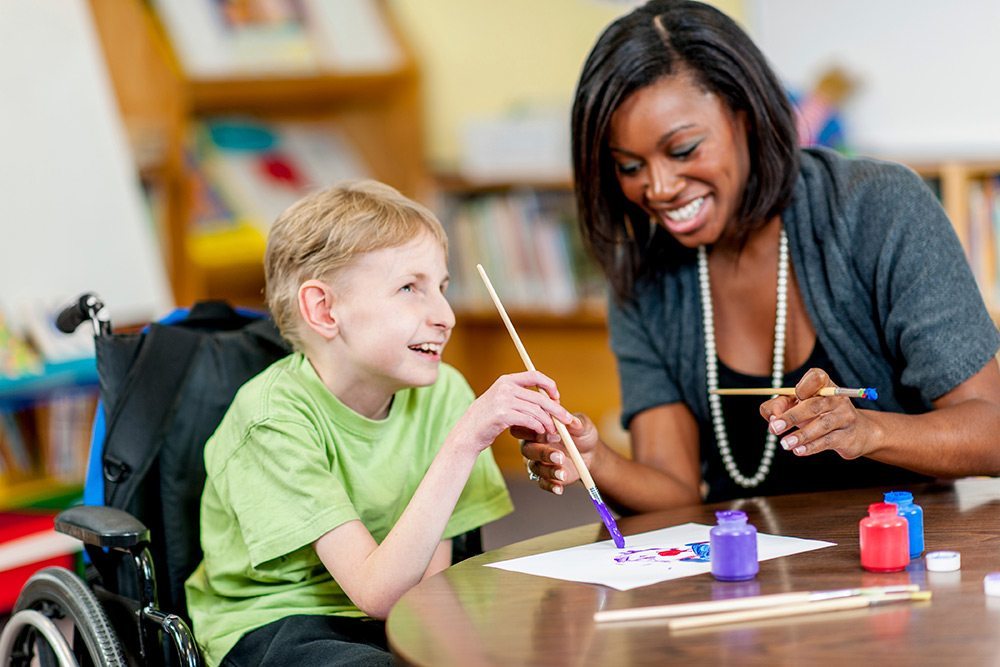 Mastering these actions, the child learns the purpose and methods of activity, as well as rules that ensure the formation of knowledge.
Mastering these actions, the child learns the purpose and methods of activity, as well as rules that ensure the formation of knowledge.
As a rule, educational tasks in the classroom are solved in combination with educational ones. So, the educator teaches children to be organized, independent, listen carefully, do the work efficiently and on time. This disciplines children, contributes to the formation of their focus, organization, responsibility. Thus, teaching children mathematics from an early age ensures their comprehensive development.
Naturally, the basis of knowledge is sensory development, acquired through experience and observation. In the process of sensory cognition, representations are formed - images of objects, their properties, relationships. So, operating with a variety of sets (objects, toys, pictures, geometric shapes), children learn to establish equality and inequality of sets, to call the number of words: “more”, “less”, “equally”.
Comparison of specific sets prepares children for the subsequent assimilation of the concept of number.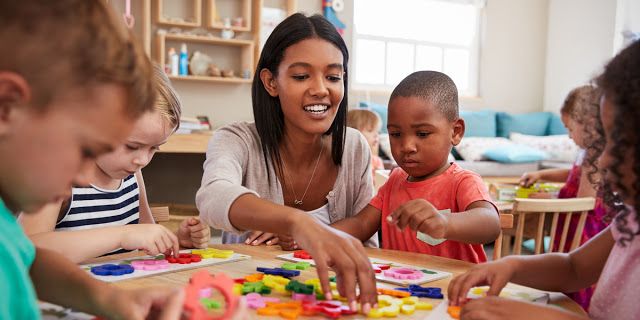 It is operations with sets that are the basis that children turn to not only in kindergarten, but also throughout the subsequent years of schooling. The idea of a set forms in children the basis for understanding an abstract number, the laws of a natural series of numbers. Although the concepts of a natural number, as well as a geometric figure, magnitude, part and whole are abstract, nevertheless they reflect the connections and relationships of objects in the surrounding reality.
It is operations with sets that are the basis that children turn to not only in kindergarten, but also throughout the subsequent years of schooling. The idea of a set forms in children the basis for understanding an abstract number, the laws of a natural series of numbers. Although the concepts of a natural number, as well as a geometric figure, magnitude, part and whole are abstract, nevertheless they reflect the connections and relationships of objects in the surrounding reality.
At the same time, preschoolers are taught to compare objects by size (size) and designate the results of the comparison with the corresponding words-concepts (“more - less”, “narrow - wide”, etc.), build rows of objects according to their size in ascending or decreasing order (large , small, even smaller, smallest). However, in order for the child to learn these concepts, it is necessary to form specific ideas in him, teach him to compare objects with each other, first directly - by superimposing, and then indirectly - with the help of measurement.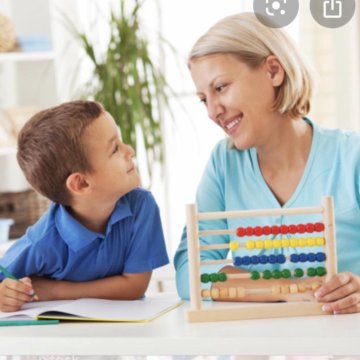
The central task of the mathematical development of children in kindergarten is learning to count. The main methods in this case are imposition and application, the mastery of which anticipates learning to count with the help of numeral words.
Preschool children are able to divide objects and name their parts, such as dividing an apple into slices or a pie. Preschoolers need to understand that a whole apple is bigger than a slice or half of an apple. Senior students must learn and understand that the number 7 is greater than six, but less than eight. By the end of the training period, preschoolers should be able to perform simple mathematical operations.
In the mathematical preparation of children, the development of elementary mathematical concepts, an important role is played by the teaching of measurement, as the initial way of knowing the quantitative characteristics of the environment. This makes it possible for preschoolers, first of all, to use not generally accepted, but conditional measures when measuring bulk, liquid substances and lengths. At the same time, children develop an eye, which is very important for their sensory development.
At the same time, children develop an eye, which is very important for their sensory development.
Kindergarten math program provides for the development of children's eye in determining the size of objects. To do this, they are trained to evaluate the size (size of objects) as a whole or by individual parameters, comparing with the size of known objects. Attention is drawn to the formation of the ability to check the correctness of the assessment in their practical activities, using additions, reductions, etc. Each practical action replenishes the knowledge of children with new content. It is proved that the formation of elementary mathematical knowledge occurs simultaneously with the development of their practical skills and abilities
Practical actions, while playing a certain role in the mathematical development of children, do not themselves remain unchanged. Thus, the activity associated with the account is changed. At first, it relies on a practical element-by-element comparison of two concrete sets, and later, a number as an indicator of the power of a set and a natural series of numbers acquires special significance, which subsequently replaces one of the concrete sets.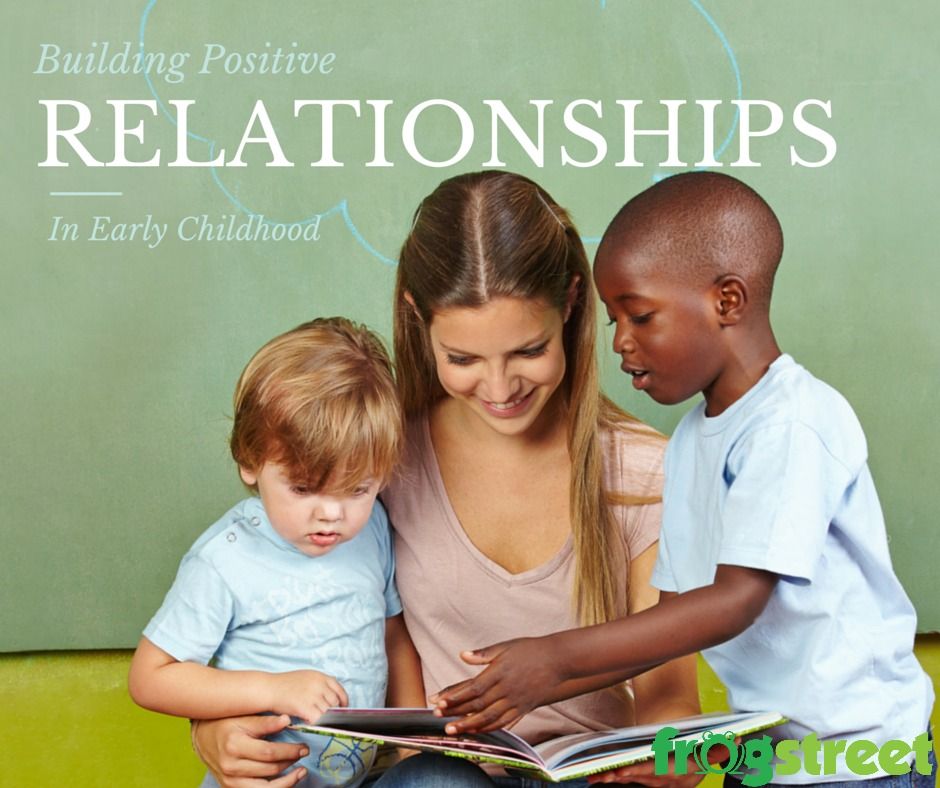
First, children take objects with their hands, shift them, and then count the objects without touching them, or perceive them only by touch.
On the basis of practical actions, children develop such mental operations as analysis, synthesis, comparison, generalization. The teacher should be guided in evaluating the results of his work, first of all, on these indicators, on how children are able to compare, analyze, generalize, and draw conclusions.
In the process of systematic teaching of mathematics, children master special terminology - the names of numbers, geometric shapes (circle, square, triangle, rhombus, etc.), elements of figures (side, top, base), etc. However, it is not recommended when working with children to use such words-terms as “natural rad”, “set”, “structure”, “elements of the set”, etc. Children should also master measured values: meter, centimeter, kilogram, gram, etc. At the same time, work is not limited to classes. They learn to find and compare objects in everyday life, on the street and in nature.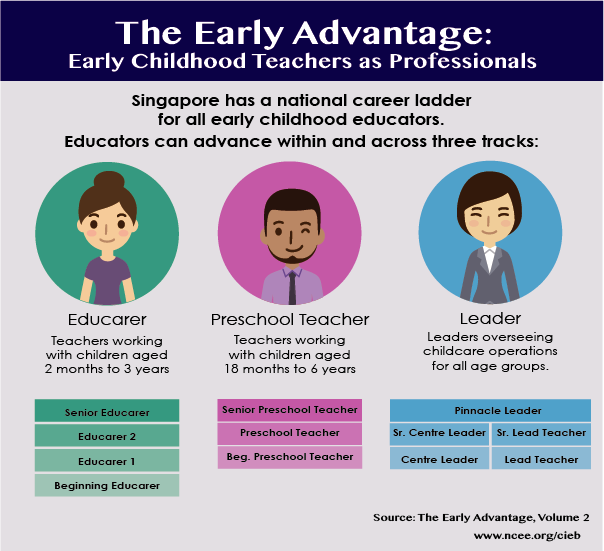 For example: three birch trees under the window.
For example: three birch trees under the window.
Shcherbakova E.I. among the tasks for the formation of elementary mathematical knowledge and the subsequent mathematical development of children, he singles out the main ones:
- the acquisition of knowledge about the set, number, size, shape, space and time as the foundations of mathematical development;
– formation of a broad initial orientation in the quantitative, spatial and temporal relations of the surrounding reality;
- formation of skills and abilities in counting, calculations, measurement, modeling, general educational skills;
- mastery of mathematical terminology;
- development of cognitive interests and abilities, logical thinking, general intellectual development of the child.
These tasks are most often solved by the teacher at the same time in each lesson in mathematics, as well as in the process of organizing various types of independent children's activities. Numerous psychological and pedagogical studies and advanced pedagogical experience in preschool institutions show that only properly organized children's activities and systematic training ensure the timely mathematical development of a preschooler.